Top 10 Rotary Powered Vehicles

The history of the automobile has been dominated by vehicles equipped with piston-firing engines.
Rarely does something completely different come along, and when it does, it usually fails miserably. One attempt to reinvent the passenger vehicle engine may have not had the smoothest of rides, but did last in the automotive industry for over 50 years and is rumored to be making a comeback soon.
We are talking about the Rotary engine. Lacking pistons, spinning furiously and making a noise that can’t be mistaken for anything else; the Rotary has developed a cult-like following over the decades. And why not? Some rotary powered vehicles may have been utter failures, but others were masterpieces of their time. Here is a list of our top ten rotary powered vehicles.
Mazda may have not been the first to build a passenger vehicle with a rotary engine, but the manufacturer is best known for these internal-triangle engines. The R100 was part of Mazda’s rotary engine expansion efforts and was the first vehicle exported to the USA featuring this motor. Featuring 2 rotors that totaled 982 cc of displacement, the engine produced 100 hp, thus the name R100 (R standing for rotary).
As of now, this is the last rotary powered vehicle sold in the USA. Lucky for us, it was a good one. Featuring show-car like styling, the RX-8 had two demi-doors on either side that allowed easier access to the backseats which could accommodate an adult human, albeit a shorter one.
The 238 hp 13B RENESIS engine is the most powerful non-turbocharged rotary engine ever installed in a production car from the factory. With the six-speed manual it was possible to rev this motor all the way up to 9,000 rpm. The car also handled great and delivered maximum driver joy.
Wait, Audi made a rotary car? Yeah, well, sort of. In 1967 NSU created a luxury vehicle called the Ro 80. It was a four door vehicle powered by a 995 cc two rotor engine that produced 113 hp. If that wasn’t even technological wizardry, the Ro 80 also featured inboard front brake rotors and a semi-automatic three speed gearbox complete with a vacuum operated clutch. There was no clutch pedal in this car as a button was depressed on top of the gear shifter to activate the clutch.
So where does Audi come in? In 1969 the Volkswagen Group acquired NSU, merged them with Auto Union and created Audi. The Ro 80 would continue production until 1977.
Yes, there was a rotary powered pickup truck. An engine famous for having no torque was indeed installed in a vehicle synonymous with needing a ton of it. Sold for a few years in Canada and the USA during the mid-1970s, the Rotary Pickup was based on Mazda’s compact pickup, but with some revised styling.
Using the tagline ‘The Pickup with Pickup’, this truck had Mazda’s 13B rotary installed under the hood and came with a 50,000 mi warranty. Only 17,000 Rotary Pickups were produced and like most cars on this list, has since become sought after by enthusiasts.
The most powerful rotary equipped vehicle ever offered from the factory was the Mazda Eunos Cosmo. This was the flagship for Mazda’s short lived Eunos luxury brand and could be had with a choice of rotaries. The base engine was the same twin-turbocharged 13B two rotor motor found in the RX-7. But, for those wanting more power there was the 20B twin-turbocharged three rotor motor that produced 300 hp and 300 lb-ft of torque.
With that much power being produced from the largest rotary engine ever installed in a production car, fuel economy, as expected, was downright atrocious for the Eunos Cosmo. But hey, it did a color touch screen which at the time would have been the cat’s pajamas.
Chevrolet dabbled with Rotary powered vehicles in the 1970s, but none ever made it to production. After first building a two rotor motor to test in the Vega compact car, Chevrolet decided to bolt two of these engines together and create a 420 hp four rotor motor. The manufacturer created this monster for the Chevrolet Aerovette XP-895; a mid-engine potential super-Corvette.
However, due to the fuel crisis and financial costs, the rotary program was scrapped at GM and the four-rotor motor was replaced by a conventional V8 in the Aerovette. The Aerovette would follow the four rotor a few years later and be scrapped as well.
This is the car that started a long history of rotary engines for Mazda. After testing out several prototypes, full production of this little rear-wheel drive coupe began in 1967. Initially the car received the 10A two rotor engine that displaced 982 cc and produced 110 hp (which is why it was called the 110).
The Series II version of the Cosmo featured an upgraded 10B rotary engine that upped power to 128 hp, but the 110 name remained. Like the Toyota 2000GT of the same era, these cars are a rare sight today and highly sought after by collectors.
Before even the Mazda Cosmo, this is the car that started it all. The NSU Spider was the first production car ever to be powered by a rotary engine thanks to a single 498 cc rotor that produced 50-54 hp. Mounted in the back, the rotary engine was selected due to its diminutive size; perfect for a tiny roadster.
The Spider itself was not a great car and the one rotor motor proved to be unreliable. However, it did blaze the trail that allowed every other vehicle on this list to be produced, and that alone is worth a lot of recognition.
The rotary engine is synonymous with Mazda’s RX lineup of cars and no other model had a longer run, was more successful, or garnered more fans than the RX-7. First released in 1978, nearly 1,000,000 RX-7s were produced before ceasing production in 2002, although the model left our shores long before that thanks to emission regulations.
Three generations of RX-7s were made and by the time it was discontinued, power from the twin-turbocharged 13B two rotor motor was up to a claimed 276 hp. The RX-7 was a phenomenal handling vehicle thanks to its low weight and many consider it one of the best balanced sports cars.
Win Le Mans and you win this top ten list. The 787B isn’t just the only rotary powered vehicle to every win Le Mans, it is the only Japanese vehicle to win as well. In an ironic twist to rotary engine’s reputation for a lack of dependability and poor fuel consumption, it was actually superior fuel economy and reliability that gave this Mazda the win as faster competition fell by the wayside during the famed 24 hour race.
Powering this monster was a naturally aspirated 26B four rotor engine that could 900 hp, but was de-tuned to 700 hp for reliability. To this day the orange and green #55 787B is regarded as one of the coolest race cars ever made, thanks to the quirky rotary.

A 20+ year industry veteran, Mike rejoins the AutoGuide team as the Managing Editor. He started his career at a young age working at dealerships, car rentals, and used car advertisers. He then found his true passion, automotive writing. After contributing to multiple websites for several years, he spent the next six years working at the head office of an automotive OEM, before returning back to the field he loves. He is a member of the Automobile Journalists Association of Canada (AJAC), and Midwest Automotive Media Association (MAMA). He's the recipient of a feature writing of the year award and multiple video of the year awards.
More by Mike Schlee



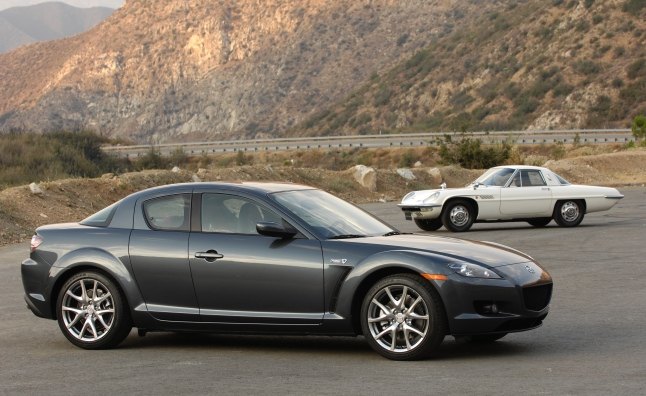























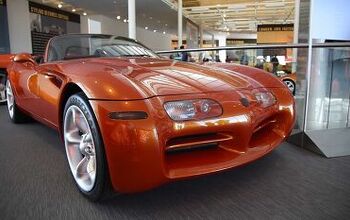


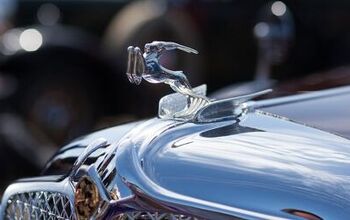
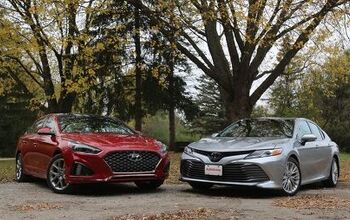

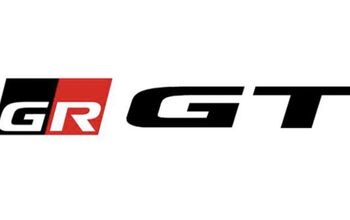
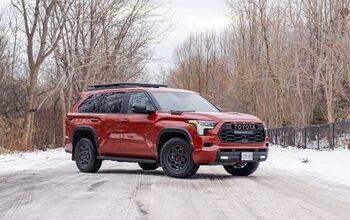
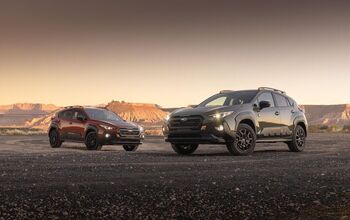
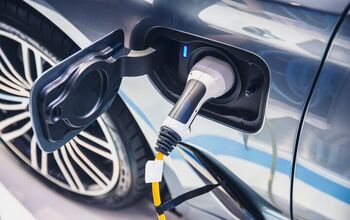
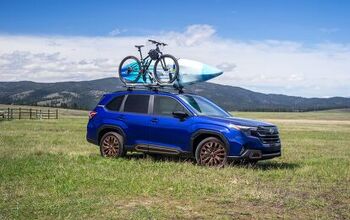
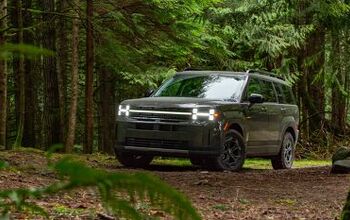



Comments
Join the conversation
No Citroen!!! They made the M35 single rotor and the GS birotor, created a company called Comotor SA in 1967 to jointly develop and produce rotary engines with NSU, that deserves a mention. They also built a prototype rotary engine helicopter!
The 787b was naturally aspirated. Get your facts straight before you post something on the internet that is incorrect.